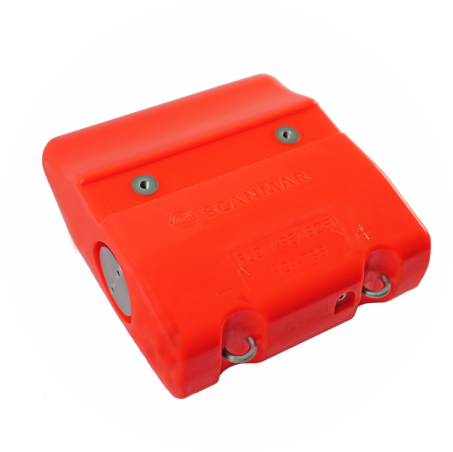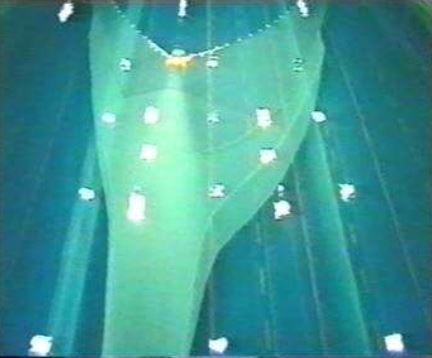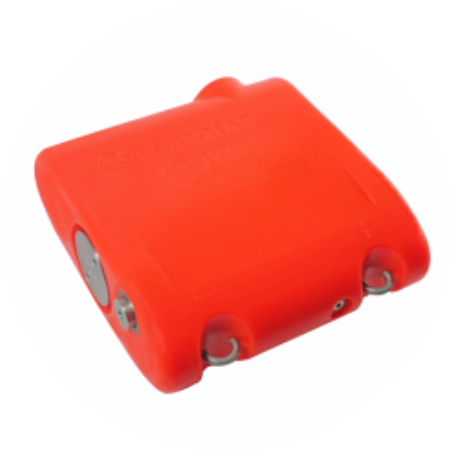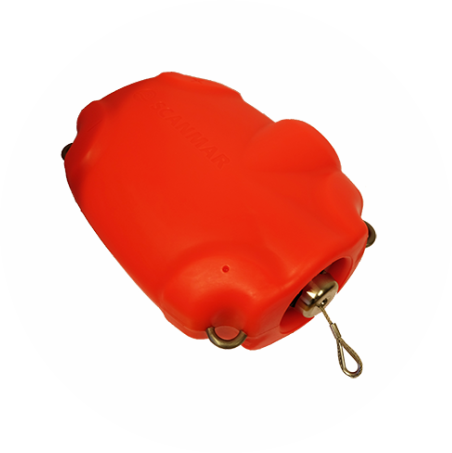Henning Skjold-Larsen, Scanmar
A little more than 20 years ago the Ministry of Fisheries and the Far Eastern Russian fishing companies decided that the resources of Pandalus Borealis in Okhotsk Sea and Tartar Strait should be exploited by Russian fishing companies in opposition to the resources being exploited by foreign vessels, due to the policy in Soviet time, when Russian fisheries was focused on harvesting species for daily human consumption.
Scanmar had been founded 15 years earlier, and had at the time, delivered more than 3000 Scanmar Catch Control Systems worldwide, and been established in Far East Russia for some years.
Since the main target was Pandalus Borealis, which is an important specie in the North Atlantic, and Scanmar had vast experience in catching with single, as well as twin trawl, it was a natural choice for the fishing companies in Far East Russia to ask Scanmar for assistance when their fishing vessels should be upgraded and modernized.
As a result of this, Scanmar (Scantech Trading) became a valuable partner in the conversion of Russian fishing vessels, as well as in the development of modern trawl fishery for Nordic shrimp. Not only was Scanmar active in converting the vessels in South Korea and China, and supplying top of the line equipment from Northern Europe for the entire catch- and production operation, the company also arranged for experienced Norwegian skippers to participate in the fisheries in Far East Russia for three months at a time, training fishermen and provide good understanding of shrimp trawling and technique.
At the same time, all relevant information to catch, climate, seabed and seasonal variations, was recorded, and formed a basis for further understanding and development.
The Russian fishing companies, and their representatives on board the fishing vessels, were eager to learn, not only catch- and processing techniques, but also maintenance and repair of equipment, of which we see results even today: While the mentality earlier often was to buy cheap equipment, and replace it with the same quality equipment, when broken, an understanding was created, as it often is in Western Europe and other countries, that high quality equipment, at a higher price, with a minimum brake down due to problems, and low repair and maintenance costs, in the long run pays off and gives a better overall cost and return on investment (RoI).
Looking at fisheries in Far East Russia today, we can notice a vast number of Russian fishery experts and fishermen with outstanding experience from operating equipment supplied from Scanmar/Scantech Trading over the past 25-30 years. What may be equally important, since modern fisheries now have reached a level where details have become extremely important for efficient fisheries, compared to earlier, when lack of advanced equipment more or less made fisheries a game of luck, in Far East Russia there is now a large number of fishermen which are well experienced and therefore well prepared for quickly being able to use new equipment when it will be available.
Even if we may say that there has been stable fishing for Pandalus Borealis in Far East Russia for a couple of decades, there has been variations of serious impact; illegal catching, variations in caught volumes, shrimp sizes and prices, and not least; efficiency of the individual trawlers.
In the fishing industry, as in most other industries, it is always a demand for increased efficiency and better prices; how do we go about it?
Apart from the vessel, a good crew is the first thing, and for the crew, the equipment is a main factor as it both affects their job, and especially their salary. Many ship owners, since they maybe don’t understand the specifics of catching, are not able to assess the quality of products compared to prices, particularly when it comes to user benefits and product quality over time.
When I started Scanmar in 1980, I had many years of industrial experience, including 6 years as president for Simrad. For me, there will never be a question of quality on account of price. One may, of course, be lucky with all products, but the values at stake in catching, means that just minor break downs, may have serious consequences.
In the same way as I made my observations on board, when I was president of Simrad, and it gave me the basis for founding Scanmar, I, and many of my key employees, has made similar observations, not least from recordings made by Scanmar systems, which has resulted in continuous development of Scanmar Catch Systems. I have also, for more than 20 years, been a major part owner of modern deep sea trawlers. All of this with only one purpose; further development and professionalism of Scanmar Catch Systems.
So, how do I see the future?
Before answering this, two basic things have to be understood;
- Fishing companies, vessels, and target species are different, and owners and experts are individuals with different opinions and ideas, which makes it difficult to please everybody.
- Development of technology, especially new breakthrough technology, is time consuming and extremely expensive.
Since the establishment of Scanmar in 1980, we have spent approx. USD 60 mill. on research and development (R&D). Was this necessary? Already 25 years ago we had receiver units, presentation units, and sensors, including Trawl speed sensors, Symmetry sensors and Trawl Eyes, which fulfilled our quality requirements as well as the fishermen’s expectations. So, why did we go on spending a fortune on R&D?
The answer to this was the main thing when the future was planned: What we had back then was individual sensors, 1-2 functions, with relatively short operation time, even if it was longer than our existing competitors have today. However, our dream was to have multifunctional sensors with long operational time and short recharging time. This would reduce work load and downtime for the system, and at the same time it would be simple for the fishermen to try new functions, just by downloading new software to sensors already on board.
The following question may be asked: Why did we not develop multifunctional sensors before? The answer is that the development cost of a multifunctional sensor is very expensive, and in addition, new batteries, charger and charging system in the sensors, had to be developed. Only up to a few years ago most of the customers started with simple systems, just a few sensors, and there would not have been a big enough market for multifunctional sensors. However, today most companies, when they have seen the benefit of using a small system for some time, see the need for more information, and the benefit from getting it. Larger systems with a number of multifunctional sensors have therefore become the standard, and will even more become so, when new multifunctional sensors will be introduced.
However, there is another development of maybe even more importance; the ability to combine information in the advanced Scanmar systems, as well as other information, which will give a new dimension to trawling. The R&D work we have done for the past decade has been awarded with 15 new patents, which gradually will be included in new functions in Scanmar Catch Systems. They will range from positioning to catch efficiency, and from predictions to automatic controls.







